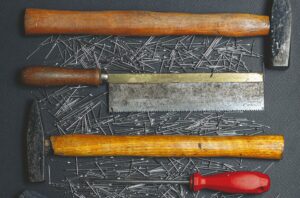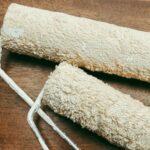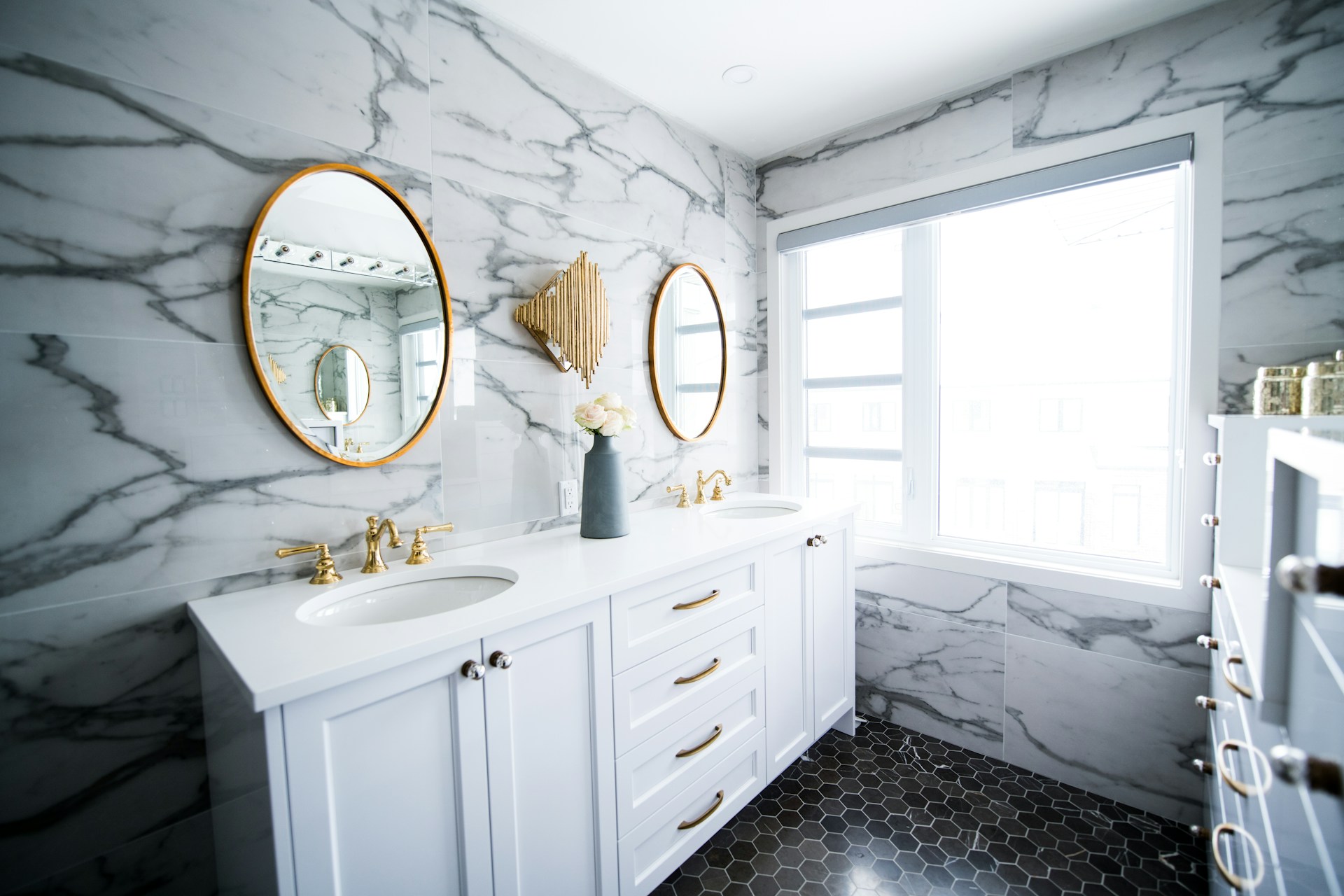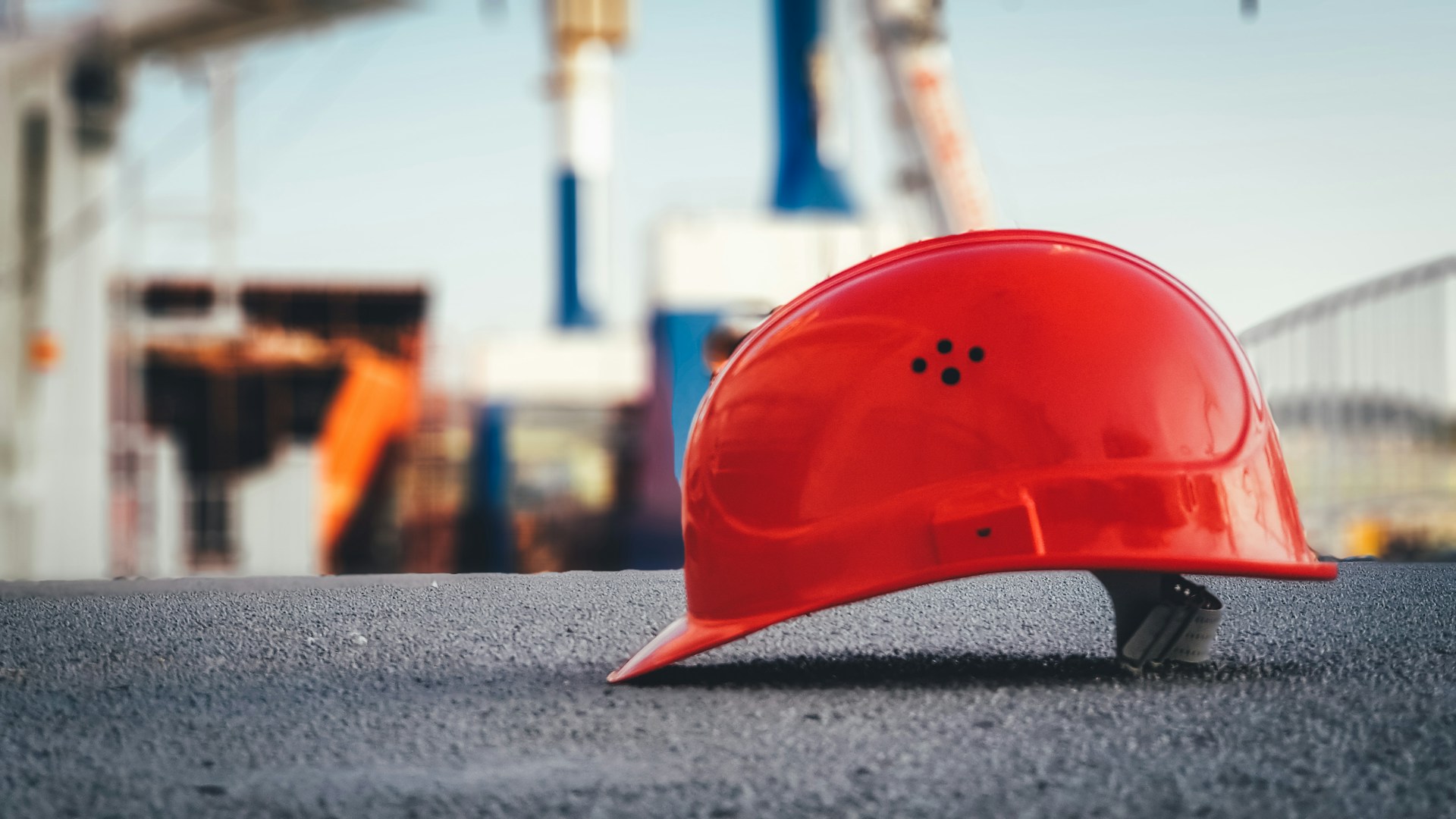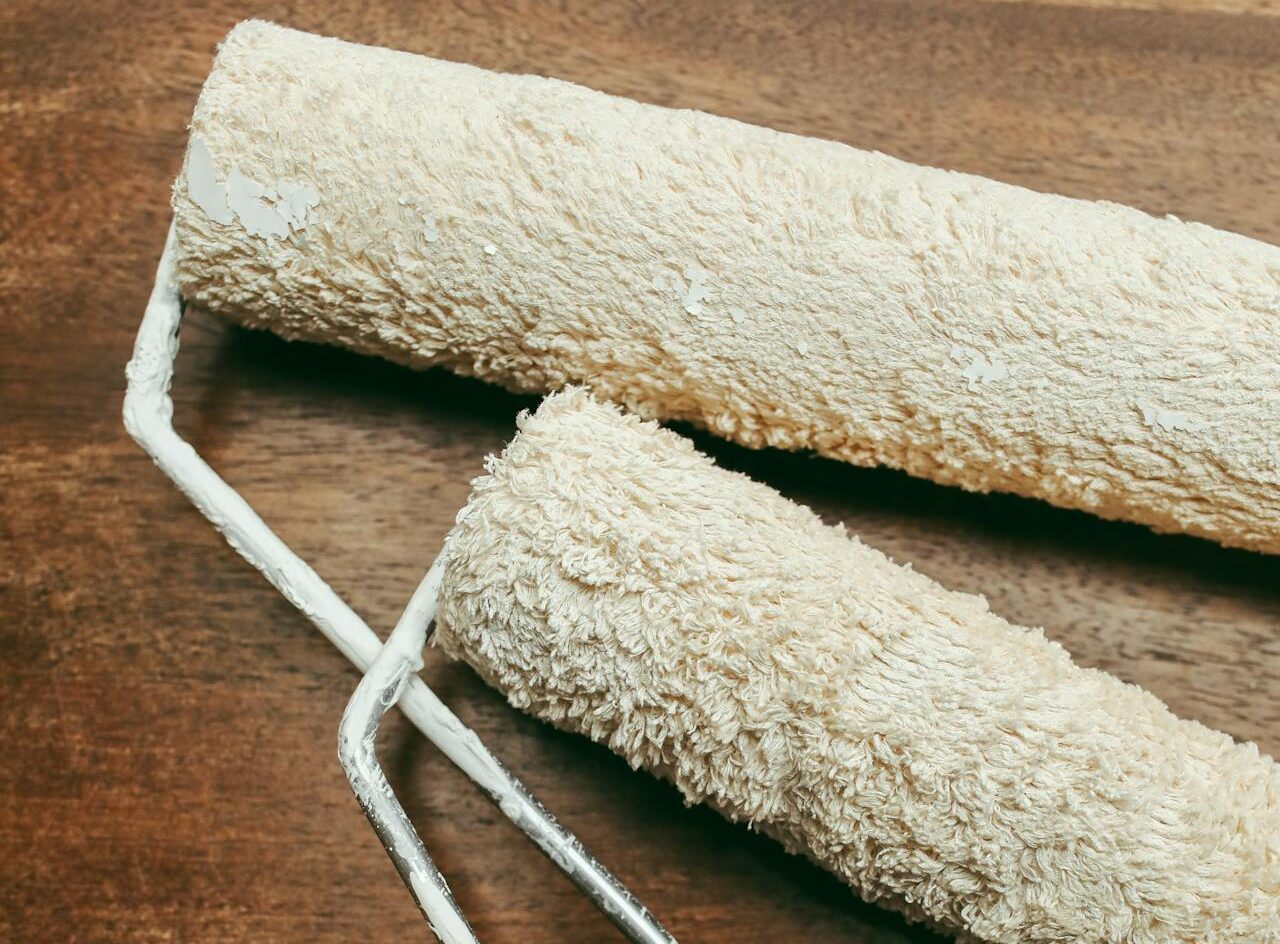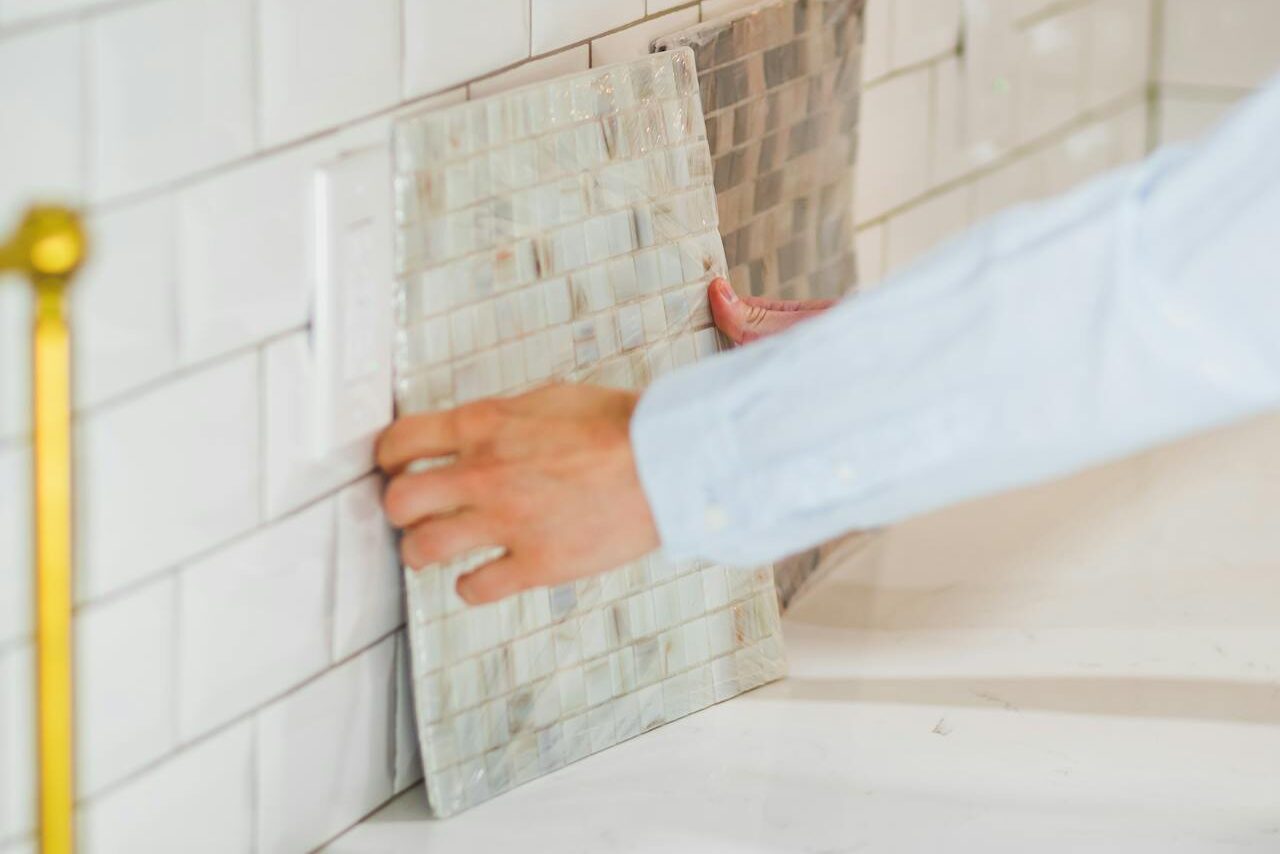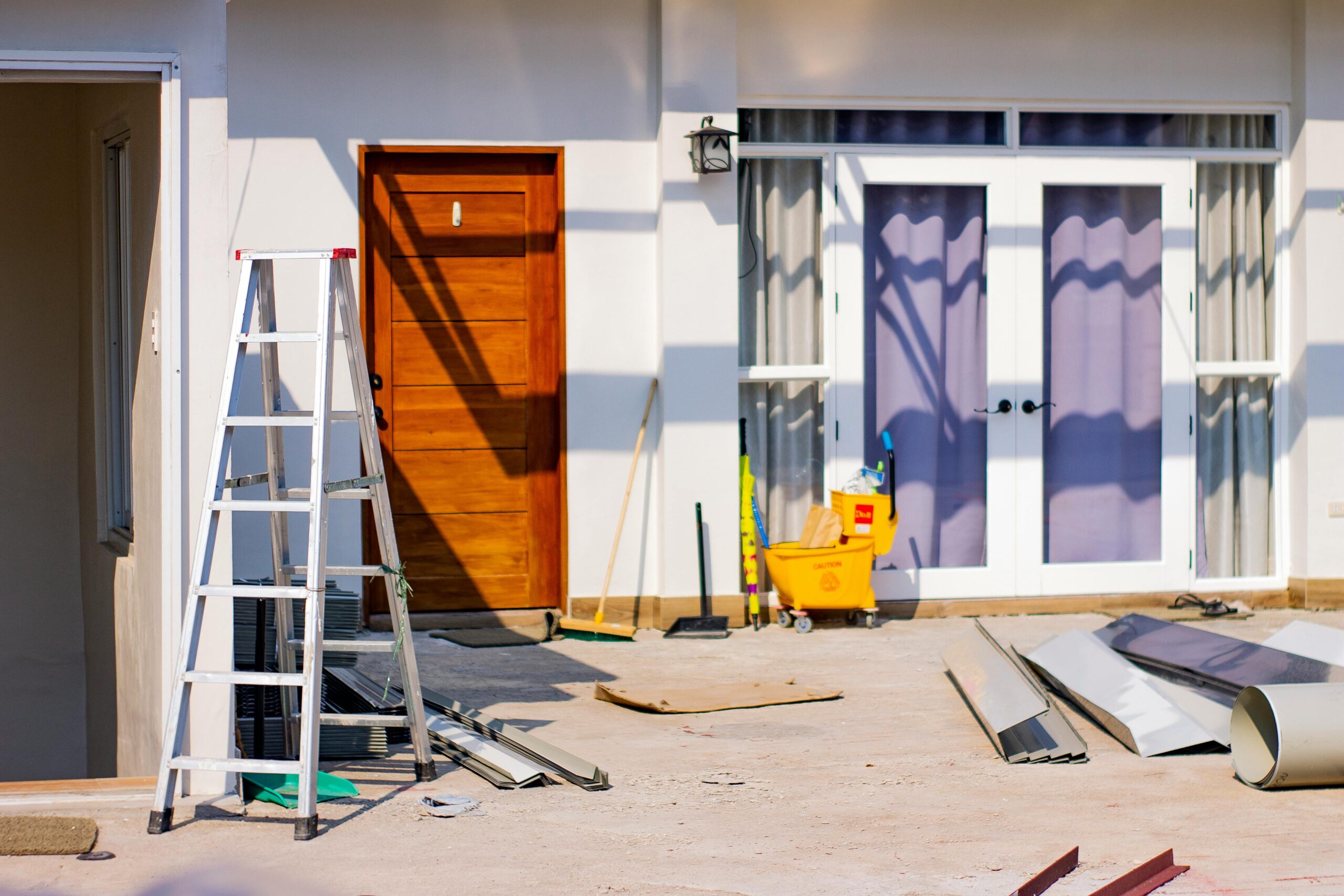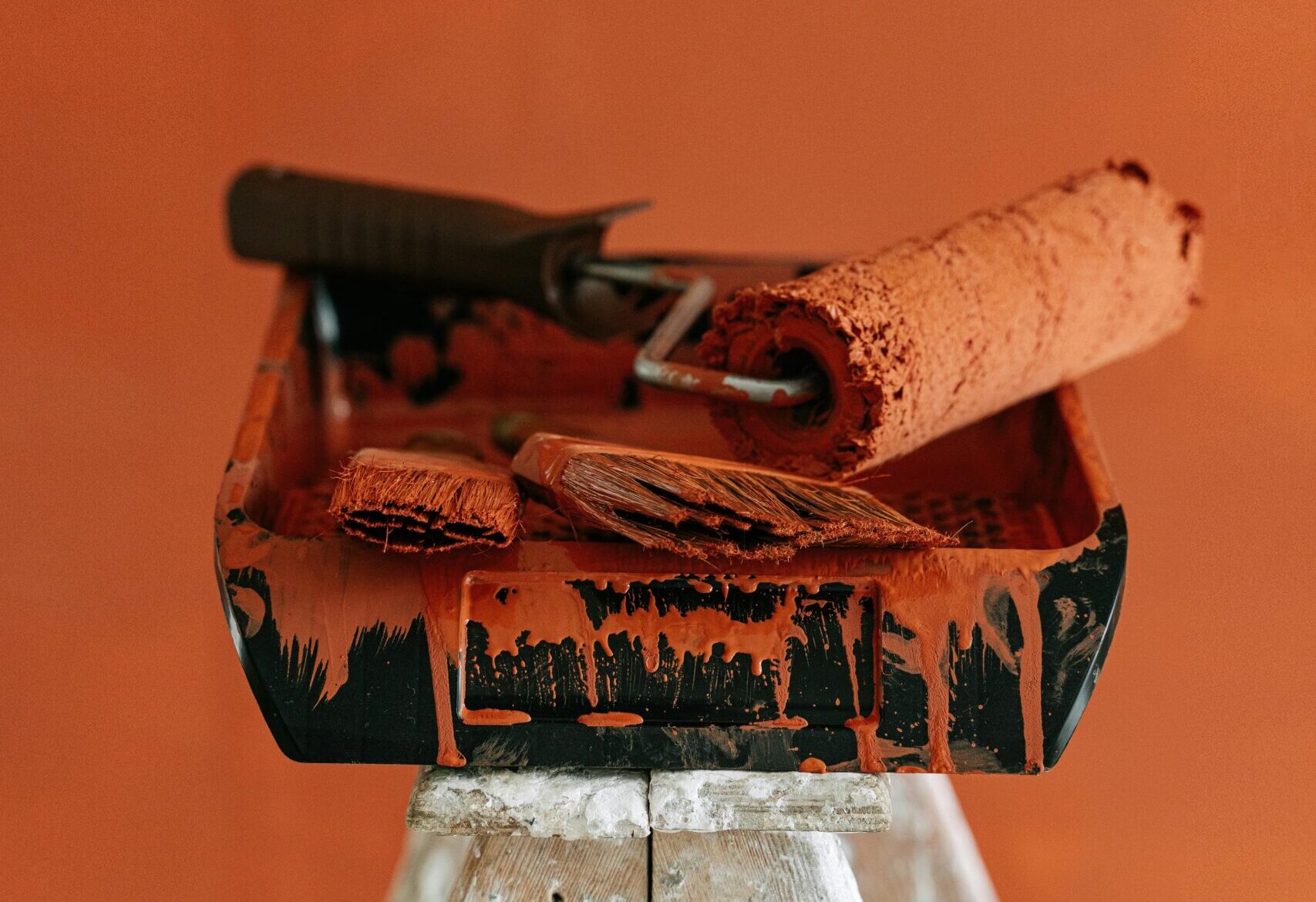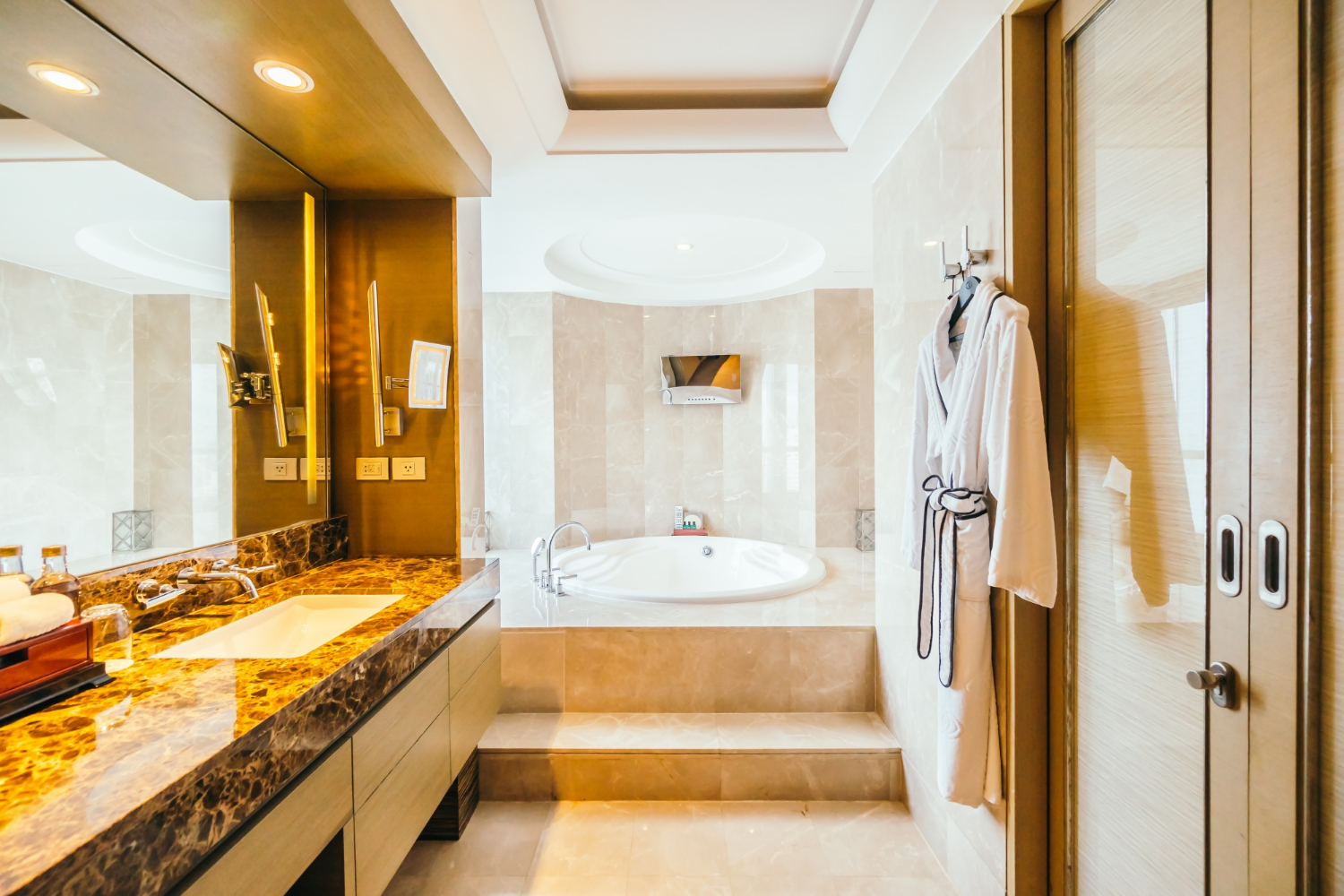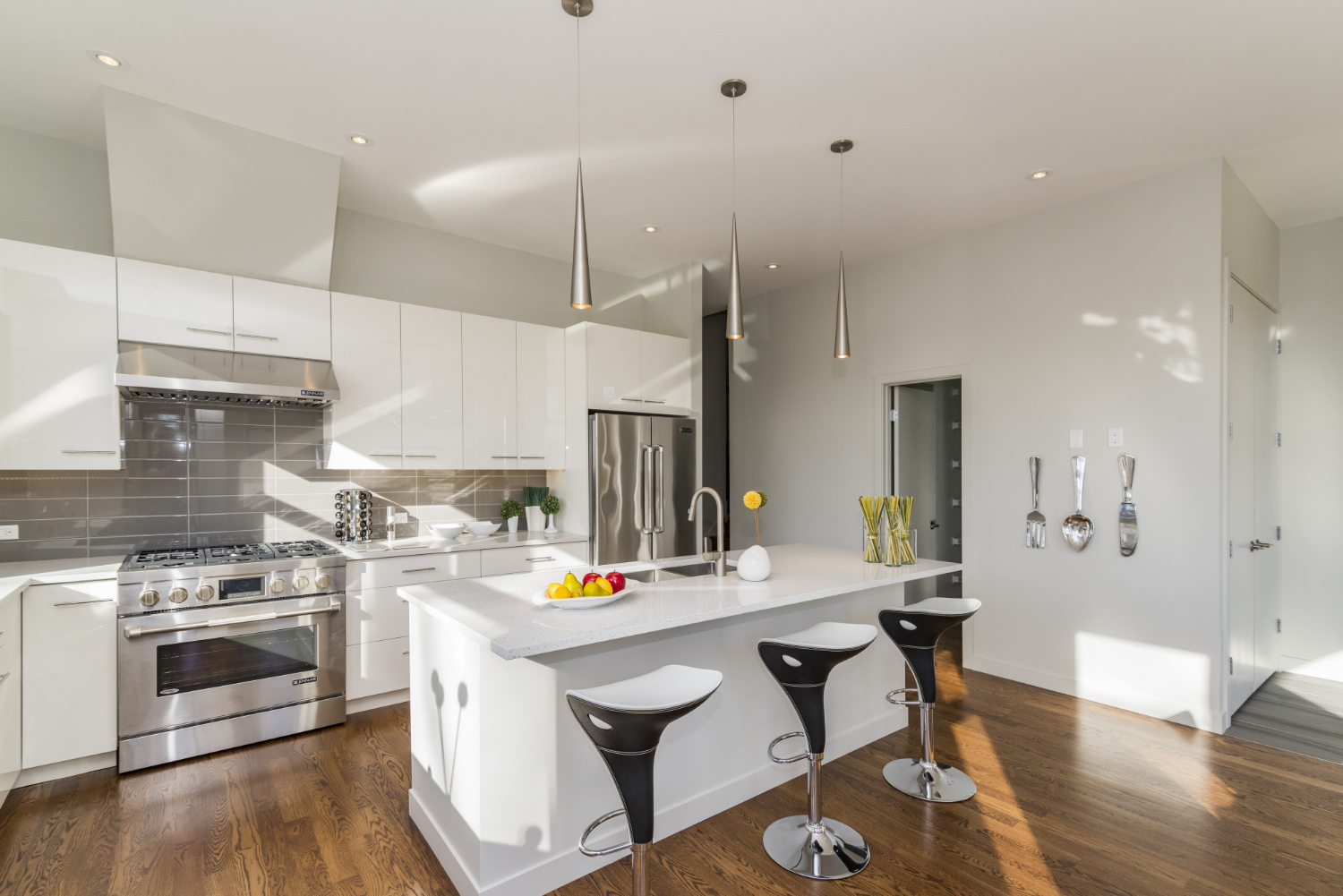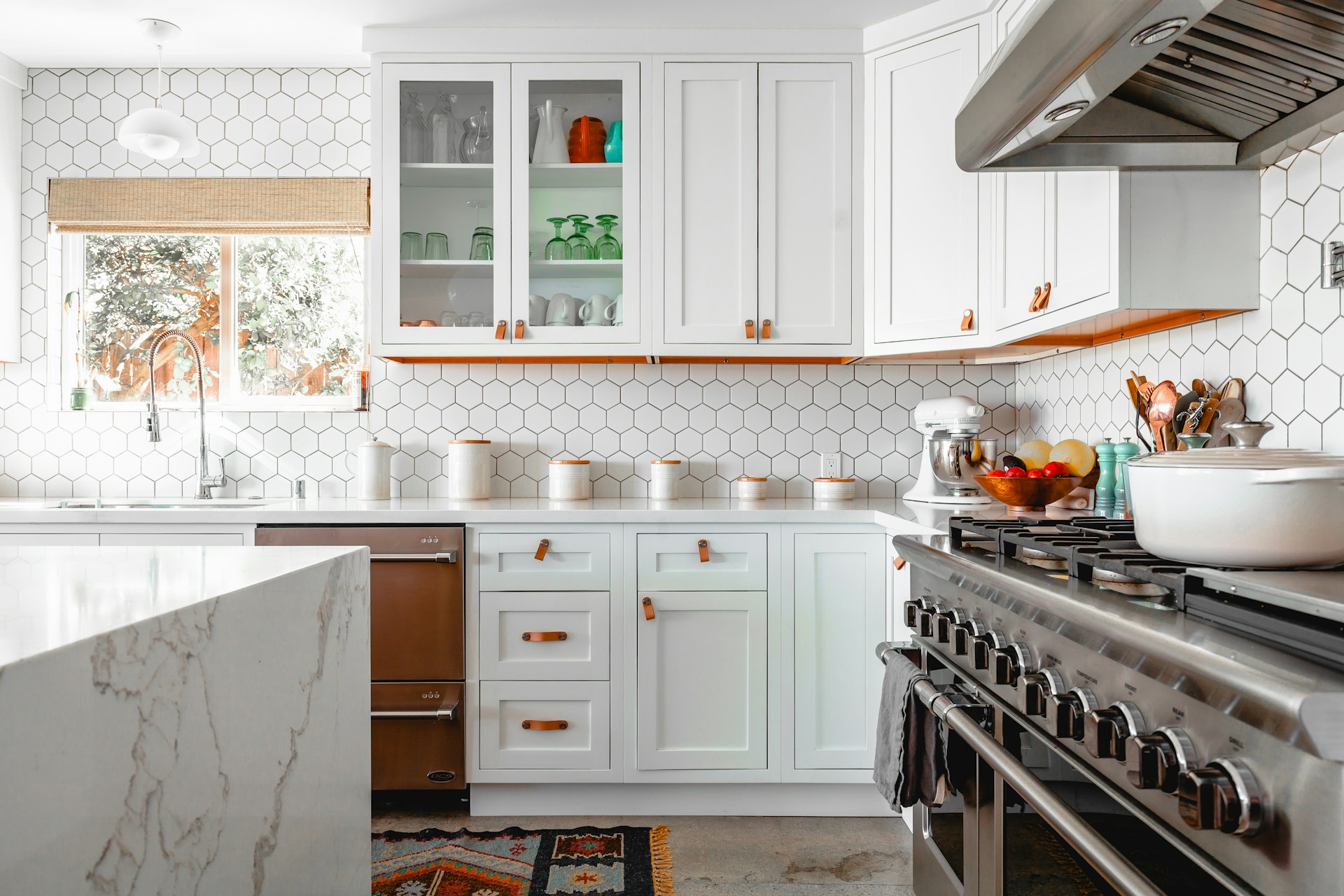
The Ultimate Guide to Custom Cabinetry: Design, Materials, and Installation
When it comes to enhancing the functionality and aesthetics of your home, custom cabinetry can make a significant impact. Whether you’re remodeling your kitchen, bathroom, or any other space, custom cabinets offer a tailored solution that meets your specific needs and style preferences. In this ultimate guide, we’ll explore everything you need to know about custom cabinetry, from design and materials to installation.
1. Why Choose Custom Cabinetry?
Custom cabinetry offers several advantages over stock or semi-custom options:
- Personalized Design: Custom cabinets are designed to fit your space perfectly, maximizing storage and efficiency. You can choose the exact style, color, finish, and hardware to match your decor and personal taste.
- Superior Quality: Custom cabinets are typically crafted from high-quality materials and built to last. Skilled craftsmen pay attention to detail, ensuring a level of precision and durability that mass-produced cabinets often lack.
- Unique Features: With custom cabinetry, you can incorporate unique features and innovative solutions, such as built-in organizers, pull-out shelves, and specialized compartments, to meet your specific storage needs.
- Increased Home Value: Custom cabinetry can enhance the appeal and value of your home. Potential buyers often appreciate the quality, functionality, and aesthetic appeal of custom-made cabinets.
2. Designing Your Custom Cabinets
The design process is a critical step in creating custom cabinetry that meets your needs and complements your home’s style. Here are some key considerations:
- Assess Your Needs: Start by evaluating your storage requirements and how you use the space. Consider factors such as the types of items you need to store, your workflow, and any specific challenges you want to address.
- Define Your Style: Determine the overall style you want to achieve. Whether you prefer a modern, traditional, or transitional look, your cabinets should align with your home’s decor. Look for inspiration in design magazines, websites, and showrooms.
- Plan the Layout: Work with a designer or cabinetmaker to plan the layout of your cabinets. Consider the best placement for cabinets, drawers, and shelves to maximize functionality and accessibility. Don’t forget to account for appliances, plumbing, and electrical outlets.
- Choose Finishes and Hardware: Select the finishes and hardware that will complete the look of your custom cabinets. This includes the type of wood, paint or stain color, door and drawer styles, and hardware such as handles and knobs.
3. Materials for Custom Cabinetry
The materials you choose for your custom cabinets will affect their appearance, durability, and cost. Here are some common options:
- Solid Wood: Solid wood is a popular choice for custom cabinetry due to its strength and natural beauty. Options include hardwoods like maple, cherry, oak, and walnut. Each type of wood has its unique grain pattern and characteristics.
- Plywood: Plywood is an engineered wood product made from thin layers of wood veneer. It’s a strong and stable material often used for cabinet boxes and shelves. Plywood can be veneered with different types of wood to achieve the desired look.
- Medium-Density Fiberboard (MDF): MDF is a composite material made from wood fibers and resin. It’s smooth, stable, and resistant to warping, making it ideal for painted cabinets. MDF can also be routed and shaped for intricate designs.
- Particleboard: Particleboard is a budget-friendly option made from wood particles and resin. While it’s less durable than plywood or solid wood, it can be used for cabinet interiors or lower-cost projects.
- Laminate: Laminate is a synthetic material that can mimic the look of wood, stone, or other surfaces. It’s durable, easy to clean, and available in a wide range of colors and patterns. Laminate is often used for cabinet doors and drawer fronts.
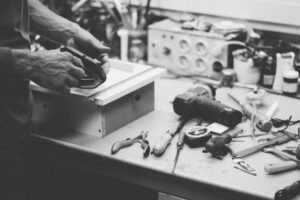
4. Installation Process
Proper installation is crucial to ensure your custom cabinets function well and look great. Here’s what to expect during the installation process:
- Preparation: The installation begins with preparing the space. This includes removing old cabinets, repairing walls, and ensuring the area is clean and level. Accurate measurements are taken to confirm that the new cabinets will fit perfectly.
- Assembly: Custom cabinets are typically delivered to your home in pieces and assembled on-site. This allows for a precise fit and adjustments as needed. The cabinetmaker or installer will assemble the boxes, attach doors and drawers, and install hardware.
- Installation: The assembled cabinets are then installed in the designated spaces. This involves securing the cabinets to the walls and floors, ensuring they are level and aligned. Adjustments are made to account for any irregularities in the walls or floors.
- Finishing Touches: Once the cabinets are installed, the finishing touches are added. This includes installing countertops, backsplashes, and any additional trim or molding. The installer will also make sure all doors and drawers open and close smoothly.
- Final Inspection: After the installation is complete, a final inspection is conducted to ensure everything is in order. The installer will check for any issues and make necessary adjustments. You’ll have the opportunity to review the work and ensure it meets your expectations.
5. Maintaining Your Custom Cabinets
Proper maintenance will help keep your custom cabinets looking beautiful and functioning well for years to come:
- Regular Cleaning: Clean your cabinets regularly with a soft cloth and mild detergent. Avoid using abrasive cleaners or harsh chemicals that can damage the finish. Wipe up spills immediately to prevent stains and water damage.
- Check for Wear and Tear: Periodically check your cabinets for signs of wear and tear, such as loose hinges, worn-out hardware, or scratches. Address any issues promptly to prevent further damage.
- Adjust Doors and Drawers: Over time, doors and drawers may need adjustments to keep them aligned and functioning properly. Tighten loose screws and make minor adjustments as needed.
- Protect the Finish: Use coasters, trivets, and cutting boards to protect your cabinets from heat, moisture, and scratches. Avoid placing hot pots and pans directly on the cabinet surfaces.
Conclusion: Start Your Custom Cabinetry Project Today
Custom cabinetry offers endless possibilities for enhancing the functionality and beauty of your home. By choosing the right design, materials, and installation process, you can create cabinets that perfectly fit your needs and style. Whether you’re planning a kitchen remodel, a bathroom upgrade, or a new built-in for your living room, custom cabinets are a worthwhile investment.
Ready to transform your space with custom cabinetry? Contact me today to schedule a consultation. I am here to help you design, build, and install the perfect cabinets for your home. Let’s bring your vision to life with high-quality, custom-made cabinetry.
